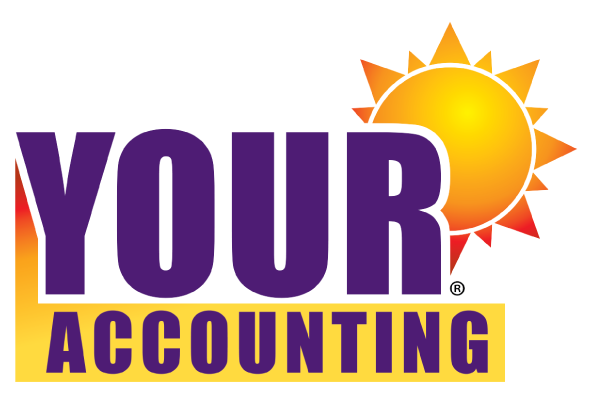Introduction:
For corporations, understanding the Generally Accepted Accounting Principles (GAAP) and leveraging all available business tax deductions can have a significant impact on their financial performance. While GAAP provides guidelines for financial reporting and disclosure, it also allows corporations to take advantage of various legitimate deductions to minimize their tax liabilities. In this blog, we will explore the relationship between GAAP and corporate tax deductions, and highlight key strategies to maximize deductions while maintaining compliance.
GAAP and Tax Deductions:
GAAP serves as the standard framework for financial reporting, ensuring consistency, transparency, and comparability across corporations. While GAAP primarily focuses on reporting financial information for external stakeholders, it also impacts taxable income calculation. However, it’s important to note that GAAP and tax regulations operate under different guidelines. Corporations must adhere to both to ensure accurate financial reporting and tax compliance.
Maximizing Deductions:
To effectively maximize deductions while complying with GAAP, corporations should consider the following strategies:
- Understand Tax Laws and Regulations: Stay updated on tax laws and regulations to identify applicable deductions. Tax codes are subject to change, so it’s crucial to stay informed and consult with tax professionals or accountants who specialize in corporate taxes.
- Proper Expense Classification: Closely examine business expenses and ensure they are appropriately classified. Separating deductible expenses from non-deductible ones is essential. Expenses related to ordinary business activities, such as employee salaries, rent, utilities, and supplies, are generally deductible.
- Document Everything: Maintain thorough records and documentation for all expenses. This includes receipts, invoices, contracts, and any other relevant documents. Proper documentation strengthens the validity of deductions and helps establish a clear audit trail.
- Depreciation and Capital Assets: Capital assets, such as equipment and property, may be eligible for depreciation deductions over their useful lives. Understanding the applicable depreciation methods and utilizing them appropriately can provide significant tax savings.
- Research and Development (R&D) Tax Credits: Corporations engaged in research and development activities may qualify for R&D tax credits. These credits can help offset a portion of R&D expenses, incentivizing innovation and technological advancements.
- Qualified Business Income Deduction (QBI): The QBI deduction, introduced under the Tax Cuts and Jobs Act (TCJA), allows certain pass-through businesses to deduct up to 20% of their qualified business income. Understanding the eligibility criteria and maximizing this deduction can provide substantial tax benefits.
- Employee Benefits and Retirement Plans: Contributions to employee benefit plans, such as health insurance, retirement plans (e.g., 401(k)), and other fringe benefits, can be tax-deductible. Offering comprehensive employee benefits not only attracts and retains talent but also reduces taxable income.
- Charitable Contributions: Donations made to qualifying charitable organizations can be deductible. Corporations can contribute to worthy causes while benefiting from tax deductions. Ensure proper documentation of charitable contributions for verification purposes.
Conclusion:
Maximizing deductions within the boundaries of GAAP and tax regulations is a prudent approach for corporations. By carefully identifying and categorizing deductible expenses, staying informed about tax laws, and leveraging available tax credits, corporations can reduce their tax liabilities while maintaining transparency and compliance with GAAP. Engaging professional advice from tax experts or accountants specialized in corporate taxation is highly recommended to navigate the complexities of tax regulations and optimize deductions effectively. Remember, it’s crucial to strike the right balance between maximizing deductions and ensuring accurate financial reporting to build a solid foundation for long-term corporate success.

Recent Comments